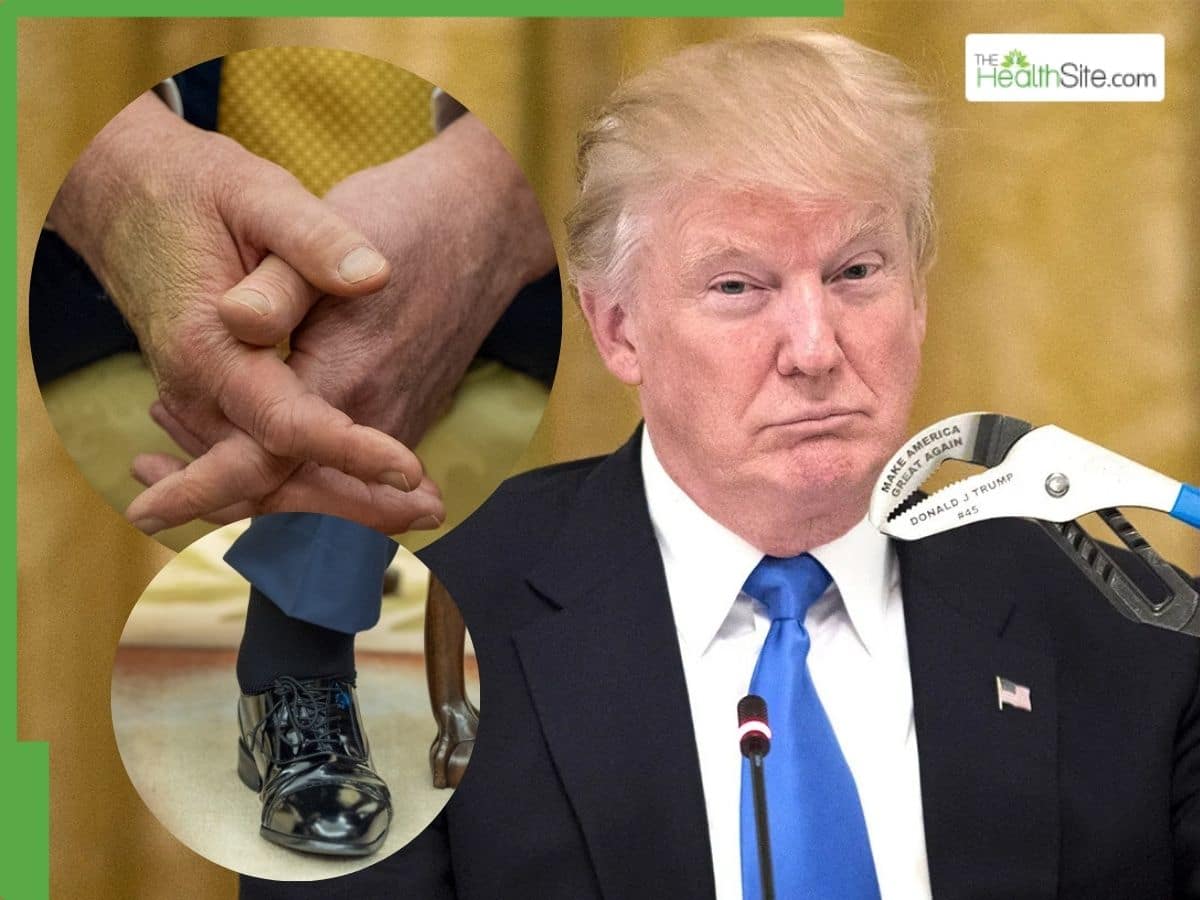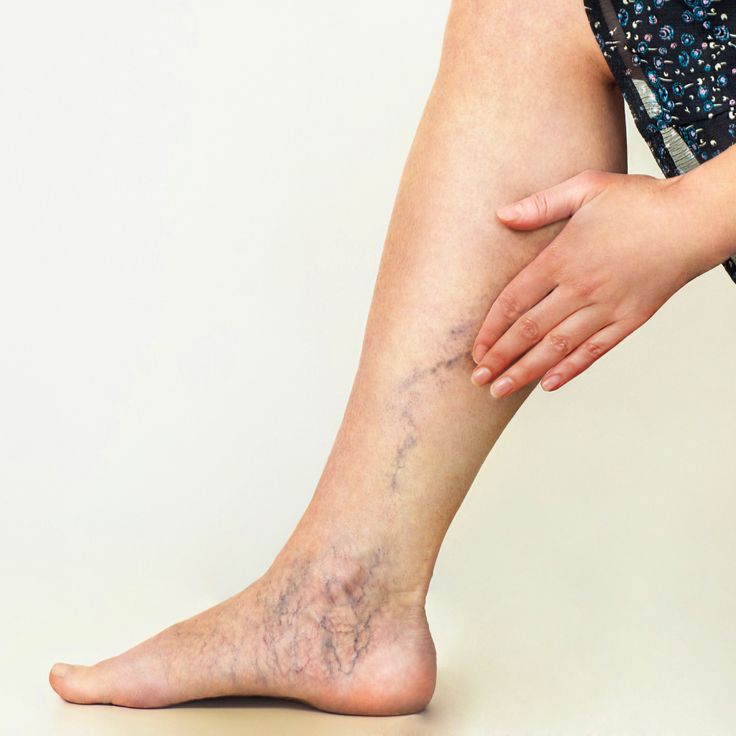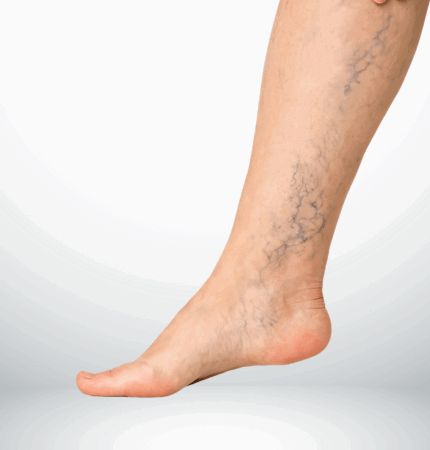Breaking: Trump's Health Under Scrutiny with New Chronic Venous Insufficiency Diagnosis

Recent public appearances of former US President Donald Trump sparked widespread health concerns among observers, primarily due to visible mild swelling in his ankles and apparent bruising on his right hand. Pictures from events, including the FIFA Club World Cup finals at MetLife Stadium in New Jerseyand interactions with reporters outside the White House, quickly went viral, prompting a wave of speculation regarding his well-being.
Addressing these public inquiries, the White House officially confirmed a medical diagnosis. White House spokeswomanKaroline Leavitt,citing a letter from the presidential physician, announced that President Trump had been diagnosed with "chronic venous insufficiency" (CVI) after undergoing a check-up for his noticed leg swelling. Importantly, the White House clarified that this condition is considered "benign." Furthermore, the doctor's letter revealed that the overall results of Trump's health check-up were within "normal limits," indicating no signs of cardiac structural or functional ailments. The bruising on his hand was also explained as "minor soft tissue irritation from frequent handshaking and the use of aspirin, which is consumed as part of a standard cardiovascular prevention regimen."

Photo Credit: Pinterest
So, what exactly isChronic Venous Insufficiency? As confirmed by the White House and detailed by medical insights, CVI is a condition where the veins in a person's legs become damaged and fail to maintain proper blood flow back to the heart. The Cleveland Clinic further elaborates that CVI is a form of venous disease occurring when leg veins are compromised, making it difficult for blood to return upwards. This leads to blood pooling in the leg veins, subsequently causing high pressure within them. CVI is notably common among older individuals, particularly those over the age of 70, reflecting the natural wear and tear on venous valves over time.
The symptoms of Chronic Venous Insufficiency can range from mild to severe, often interfering with an individual's quality of life if left unaddressed. Key indicators include: Leg Pain and Discomfort, which can manifest as persistent aching, a sensation of heaviness, cramping, or even a burning, tingling, or "pins and needles" feeling. Swelling, predominantly in the lower legs and ankles, is a major hallmark of the condition. Additionally, patients may observe Changes In Skin, such as reddish-brown discoloration and thickening around the ankles, known as lipodermatosclerosis. The presence of Varicose Veins—enlarged, twisted, and bulging veins visible just under the skin is also a common sign of CVI.

Photo Credit: Pinterest
While CVI might initially present with mild symptoms, its progression can lead to serious consequences requiring medical attention and appropriate treatment. Management strategies typically involve several approaches. Lifestyle changes, such as regular exercise, elevating the legs, and maintaining a healthy weight, are often recommended. Compression therapy, using special stockings, is a common and effective method to aid blood flow.
Certain medications may be prescribed to alleviate symptoms or improve circulation. In more severe or advanced cases, doctors might recommend minimally invasive procedures or even surgery to repair or remove damaged veins, thereby restoring proper blood flow and mitigating the condition's impact. The condition's benign nature in Trump's case suggests a less severe presentation or effective management, aligning with the "normal limits" found in his overall health check-up.
You may also like...
Rampant Haaland's Smile a Sign of Hope for Man City and Guardiola

Erling Haaland's rampant scoring form has brought significant comfort to Manchester City and Pep Guardiola, especially a...
United Coach Amorim Stuns Critics: 'I Won't Change Controversial 3-4-3 System!'

Manchester United manager Ruben Amorim has defiantly stated he will not abandon his 3-4-3 system, telling the club to "c...
Emmys 2025 Shocker: 'Breaking Bad' Star's Return Sparks Buzz, Full Winners Revealed!

The 77th Primetime Emmy Awards celebrated television's best, with Apple TV+'s "The Studio" and "Severance" poised as maj...
Music Icon's Legacy Lives On: Bobby Hart, Monkees Hitmaker, Dies at 86

Bobby Hart, the acclaimed songwriter responsible for many of The Monkees' most iconic hits, has died at 86. Alongside hi...
Travis Kelce's Sweaty Confession: Is an Engagement with Taylor Swift on the Horizon?

Travis Kelce shared emotional details about his engagement to Taylor Swift in a recent pre-game interview, revealing swe...
Katie Price's Heart-Wrenching Cancer Scare Amid Baby Hopes

Katie Price is reportedly "terrified" amid fears of a cancer recurrence in her finger, a condition she first battled in ...
BBNaija10 Drama: Denari Follows Girlfriend Doris Out of the Show!

Denari has been evicted from Big Brother Naija Season 10, leaving viewers to speculate on the future of his much-followe...
BBNaija10 Shocker: Tracy's Eviction Rocks the House After Denari's Exit!

Tracy, a notable contestant known for her outspoken personality, has been evicted from the tenth season of Big Brother N...




